Golfers around the world love to find ways to improve their game while saving a bit of cash. One affordable option that has gained popularity is the X Out golf ball. But what exactly are X Out golf balls, and should you consider using them? This guide dives into the details.
What Are X Out Golf Balls?
X Out golf balls are typically surplus or slightly imperfect golf balls that are sold at a discounted price. These balls may feature minor blemishes, scuff marks, or even slight variations in construction. However, they are often still functional and can offer an excellent alternative to more expensive brands.
The Origins: Why “X Out”?
The term “X Out” comes from the manufacturing process. When golf balls are produced at scale, quality control checks may identify some balls that don’t meet the highest standards. Instead of discarding these balls, companies mark them as “X Out” and sell them at a reduced price.
 Pile of X Out Golf Balls
Pile of X Out Golf Balls
What Makes Them a Good Option?
- Cost-Effective: X Out balls are usually significantly cheaper than brand new premium golf balls. This can help you save money, especially if you’re someone who frequently loses balls on the course.
- Quality: Many X Out balls come from well-known manufacturers. While they may have some minor flaws, the performance often remains comparable to standard balls.
- Practice-friendly: These balls are ideal for practice sessions where you may lose or damage a ball. You won’t feel as bad hitting a cheaper option into the water!
The Types of X Out Golf Balls
X Out golf balls can come from various brands, each offering different specifications. Here’s a quick rundown:
| Brand | Typical Features |
|---|---|
| Titleist | Soft feel with good spin |
| Callaway | Excellent distance and control |
| TaylorMade | High launch with low spin |
| Srixon | Great for greenside control |
Popular Options
- Titleist Pro V1X X Out: Known for its spin and control, this is excellent for golfers seeking precise shots.
- Callaway Supersoft X Out: Perfect for beginners due to its affordable price and soft feel; it’s easy to hit straight.
- TaylorMade TP5 X Out: Offers considerable distance, making it suitable for golfers of all skill levels.
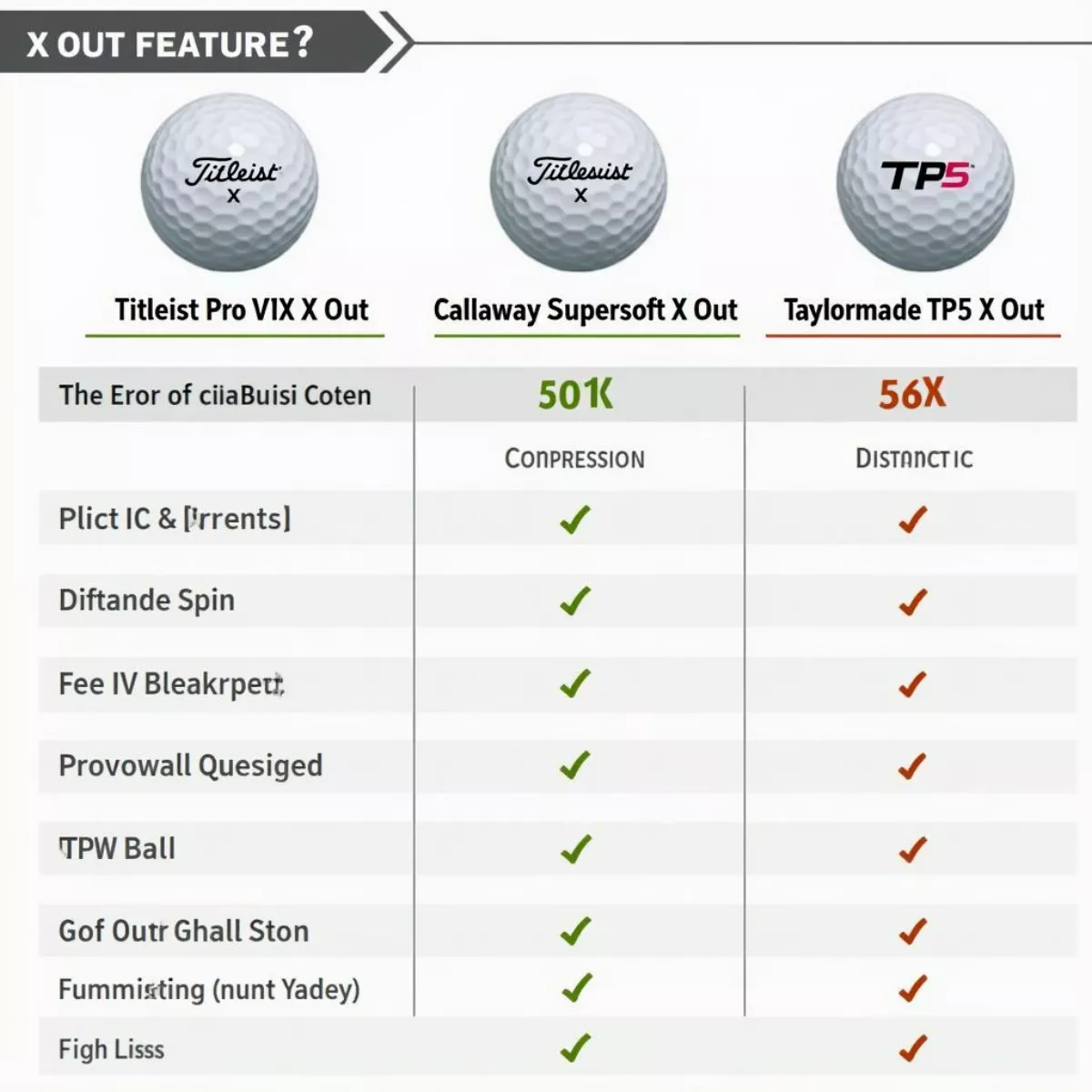 Golf Ball Comparison Chart
Golf Ball Comparison Chart
Pros and Cons of X Out Golf Balls
Pros
- Price Savings: You can often find X Out balls at 50% or more off their retail price.
- Good enough for practice: They enable players to practice without the financial sting of losing an expensive ball.
- Better for beginners: New golfers can benefit from quality balls without the hefty price tag.
Cons
- Inconsistent Quality: Due to minor imperfections, you might experience variations in performance.
- Not all equal: Some X Out golf balls might not perform as well as their non-X Out counterparts.
- Limited availability: Stock can vary, so you may not find exactly what you need.
How to Choose the Right X Out Golf Ball
Finding the right X Out golf ball is essential for your game. Consider the following factors:
- Skill Level: A beginner may opt for softer balls that are easier to hit, while advanced players might prefer those designed for more distance.
- Playing Style: Do you tend to prioritize power, control, or a blend of both? Some balls are better tailored for distance; others excel in spin and feel.
- Surface Conditions: Consider where you typically play. If it’s a wet or windy area, some balls might perform better than others.
A Quick Comparison Table
| Skill Level | Recommended X Out Ball | Reason |
|---|---|---|
| Beginner | Callaway Supersoft X Out | Easy to hit, soft feel |
| Intermediate | Titleist Pro V1X X Out | Great control and performance |
| Advanced | TaylorMade TP5 X Out | Offers immense distance and accuracy |
 Golfer Choosing X Out Golf Balls
Golfer Choosing X Out Golf Balls
Tips for Using X Out Golf Balls
- Inspect Before Play: Before using an X Out ball, check for any major blemishes that may affect performance.
- Utilize for Practice: Use them primarily for driving ranges and casual rounds, saving your premium balls for important games.
- Test Performance: Give different types of X Out golf balls a try to see which style suits your game best.
Key Takeaways
- X Out golf balls are surplus balls often marked for minor imperfections that offer an affordable alternative to top brands.
- They provide great value for both practice and casual play, making them a sensible option for many golfers.
- Consider your skill level, playing style, and course conditions when selecting the right X Out ball for you.
- Always inspect the balls before use to ensure you’re getting the most out of your purchase.
FAQ Section
1. Are X Out golf balls worth it?
Yes, if you’re looking for good value and can live with minor blemishes, X Out balls are an excellent choice.
2. Can you play tournaments with X Out golf balls?
Most golf tournaments allow any brand of ball as long as it conforms to USGA standards. Check with the tournament rules first.
3. Will X Out balls perform the same as regular ones?
Many X Out balls perform comparably to their standard counterparts, but performance may vary slightly due to minor imperfections.
4. How much do X Out golf balls typically cost?
Prices can vary by brand and condition, but expect to pay anywhere from 50% to 70% less than new balls.
5. Where can I buy X Out golf balls?
You can find them at local sporting goods stores, specialty golf shops, or online retailers like Amazon and eBay.
6. How do I know if an X Out ball is good quality?
Inspect the ball for visible blemishes. If you’re unsure, buy from reputable sellers who provide return policies.
7. Can I use X Out balls for high-level competitive play?
While you can, it’s generally advisable to stick with premium balls in high-stakes situations to ensure optimal performance.
8. Do all brands have X Out balls?
Not all brands manufacture X Out versions, but many major golf companies offer them.
9. Can X Out golf balls be recycled?
Some recycling programs accept golf balls, but check with your local program for specific guidelines.
10. How long can I use an X Out golf ball?
As long as they maintain their structural integrity and performance, you can continue to use them just like regular golf balls.
In summary, X Out golf balls can be a fantastic addition to your golfing arsenal, especially if you’re looking to save money without sacrificing quality. Use them wisely, and you might find yourself improving your game while keeping costs down! Happy swinging!

 Esports Tournament Penultimate Round
Esports Tournament Penultimate Round Athlete Celebrating Victory Penultimate Round
Athlete Celebrating Victory Penultimate Round
 PGA Tour Schedule Screenshot
PGA Tour Schedule Screenshot
 Old Chatham Clubhouse
Old Chatham Clubhouse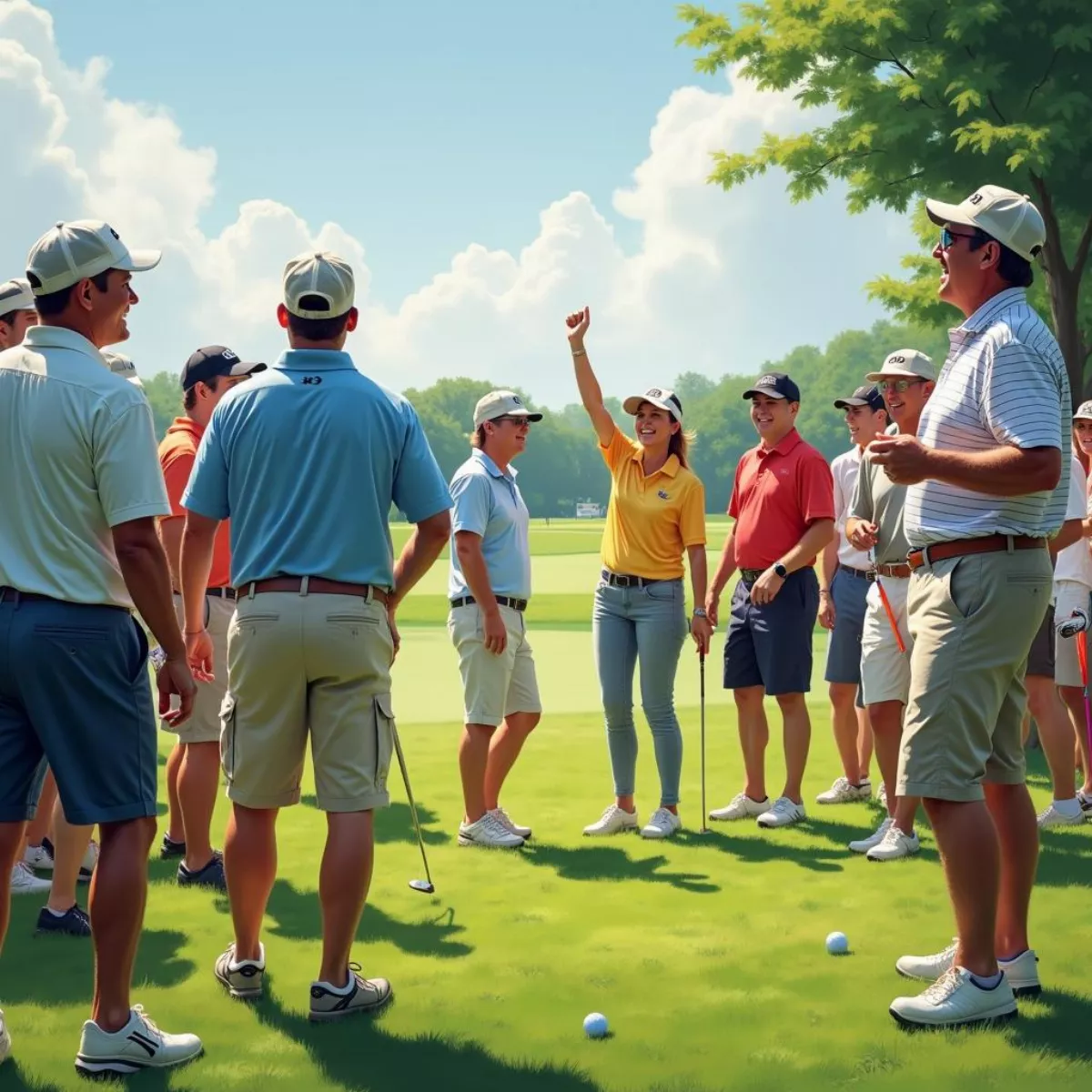 Old Chatham Golf Tournament
Old Chatham Golf Tournament
 Disc Golfer Wearing Nike Shoes
Disc Golfer Wearing Nike Shoes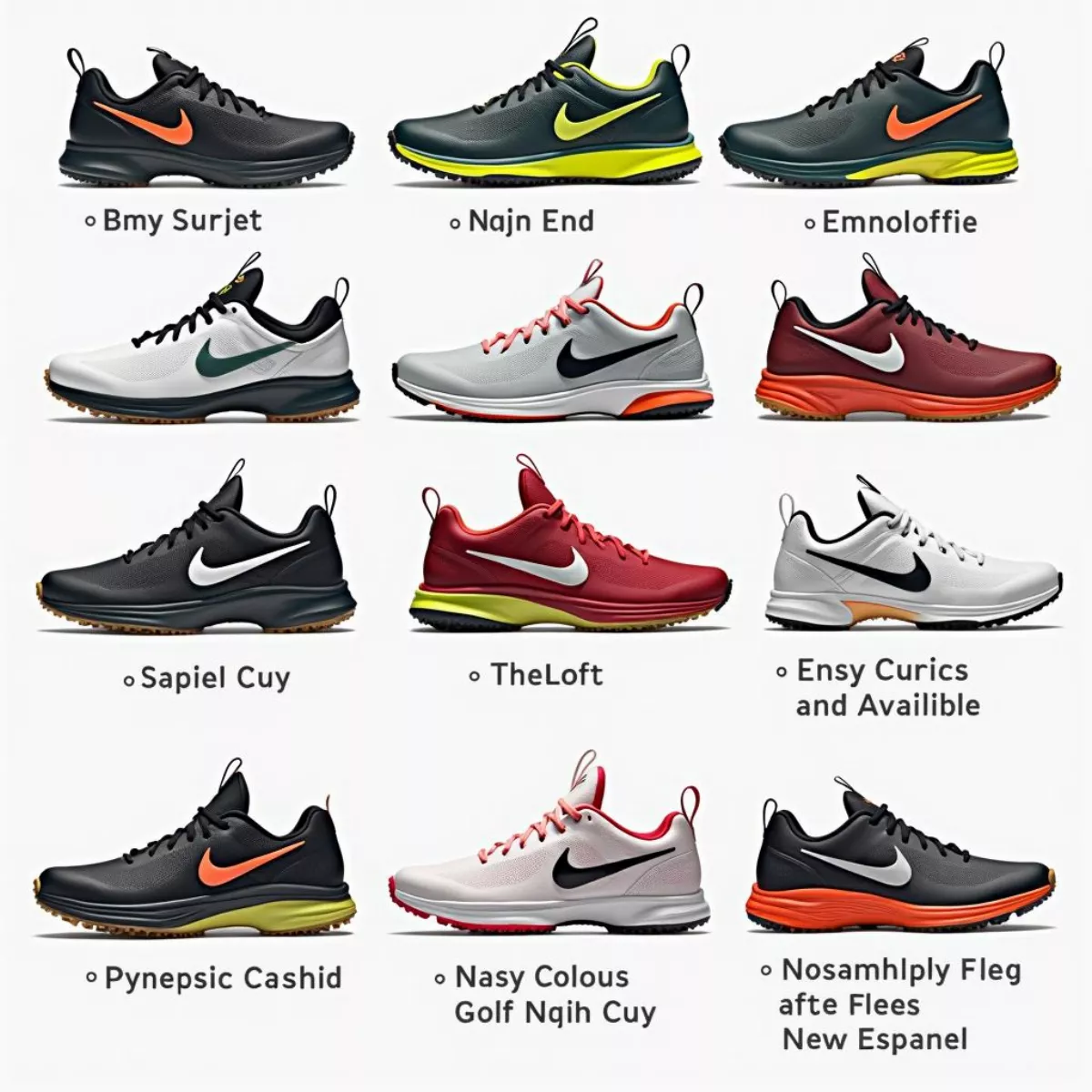 Various Nike Disc Golf Shoe Models
Various Nike Disc Golf Shoe Models Disc Golfer Trying On Shoes
Disc Golfer Trying On Shoes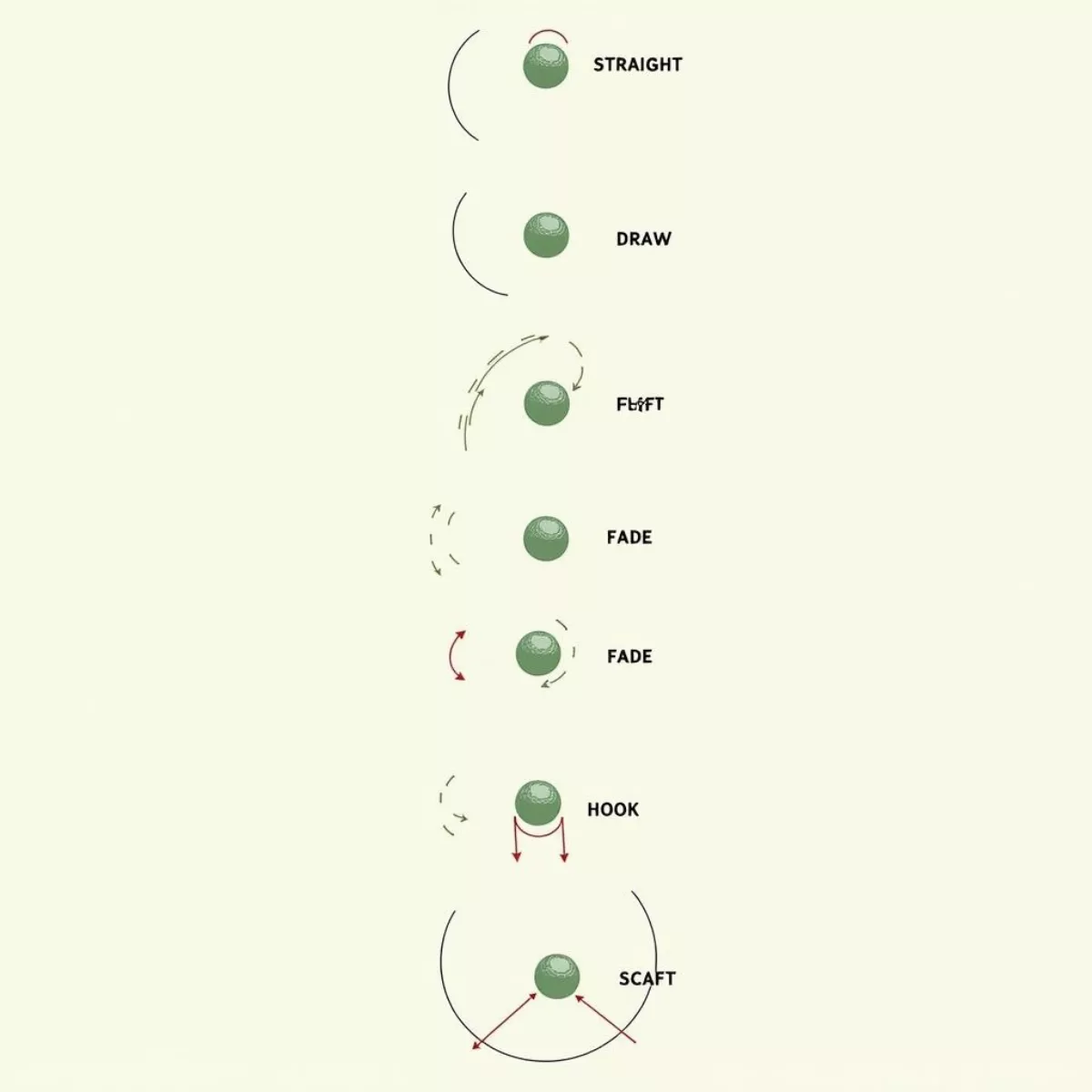
 Golfer analyzing swing data on launch monitor
Golfer analyzing swing data on launch monitor Golfer planning shot considering wind direction
Golfer planning shot considering wind direction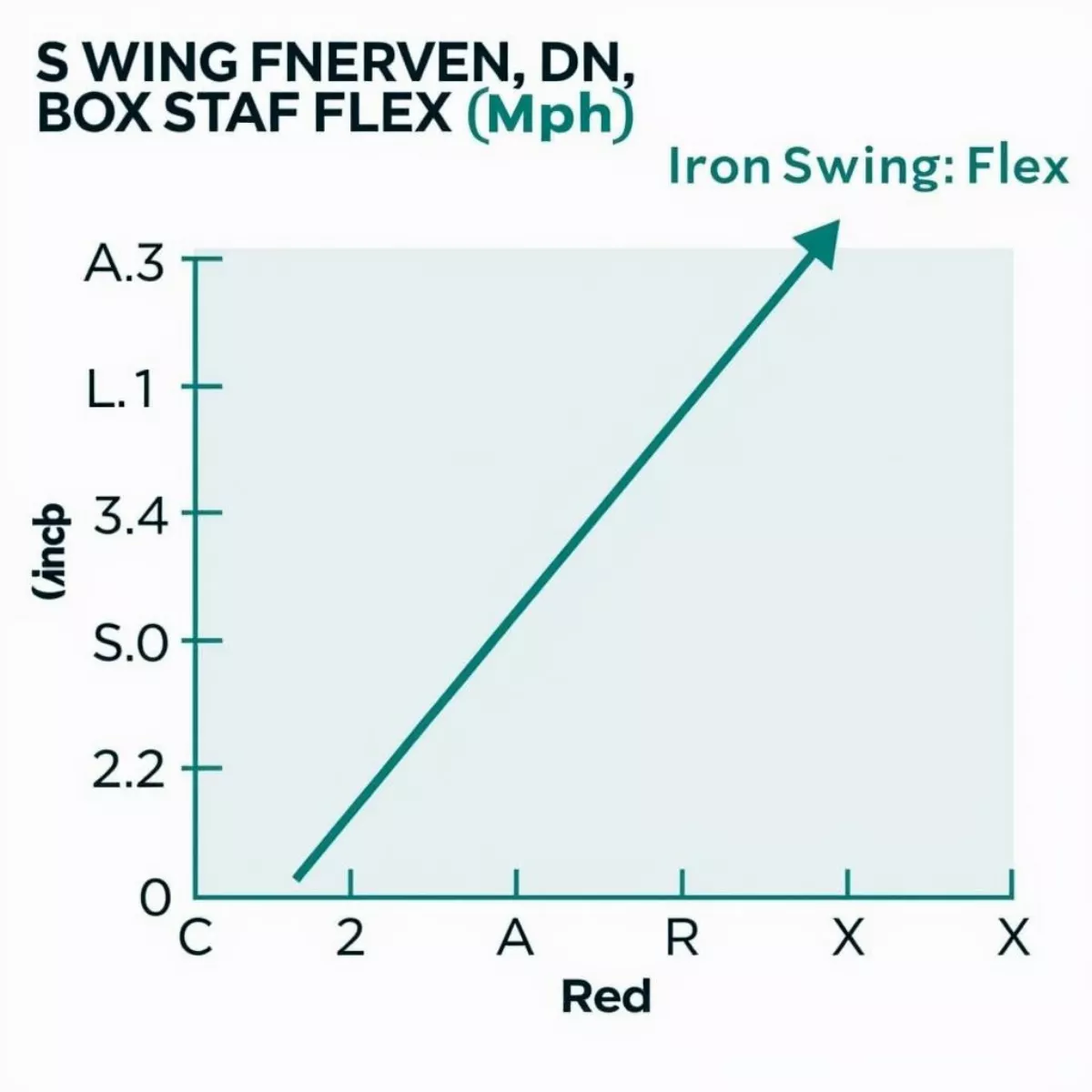
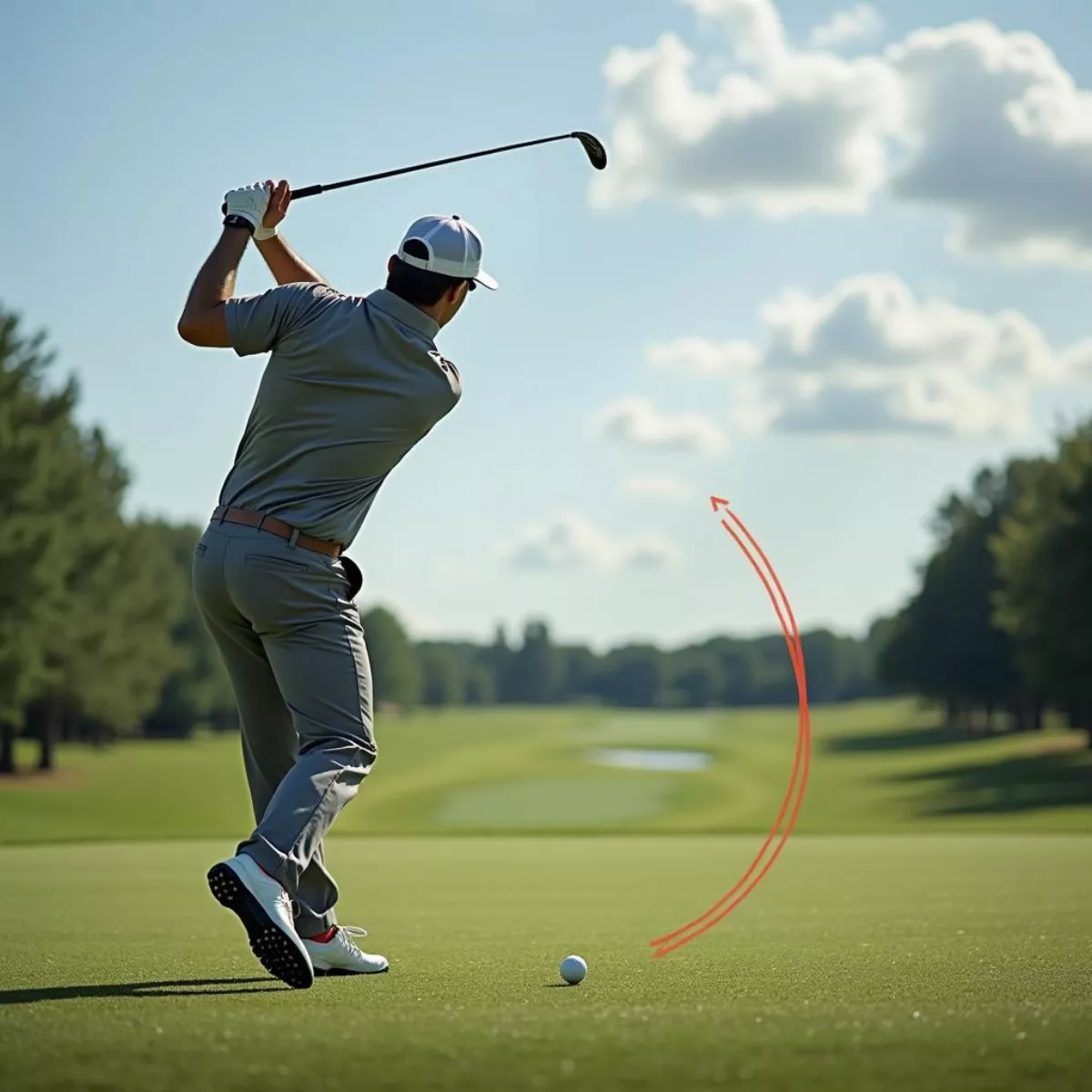 Golfer Analyzing Golf Ball Flight
Golfer Analyzing Golf Ball Flight Golfer Achieving Optimal Performance with Proper Iron Flex
Golfer Achieving Optimal Performance with Proper Iron Flex Golfer Selecting Golf Clubs
Golfer Selecting Golf Clubs
 Woodland Golf Club clubhouse exterior
Woodland Golf Club clubhouse exterior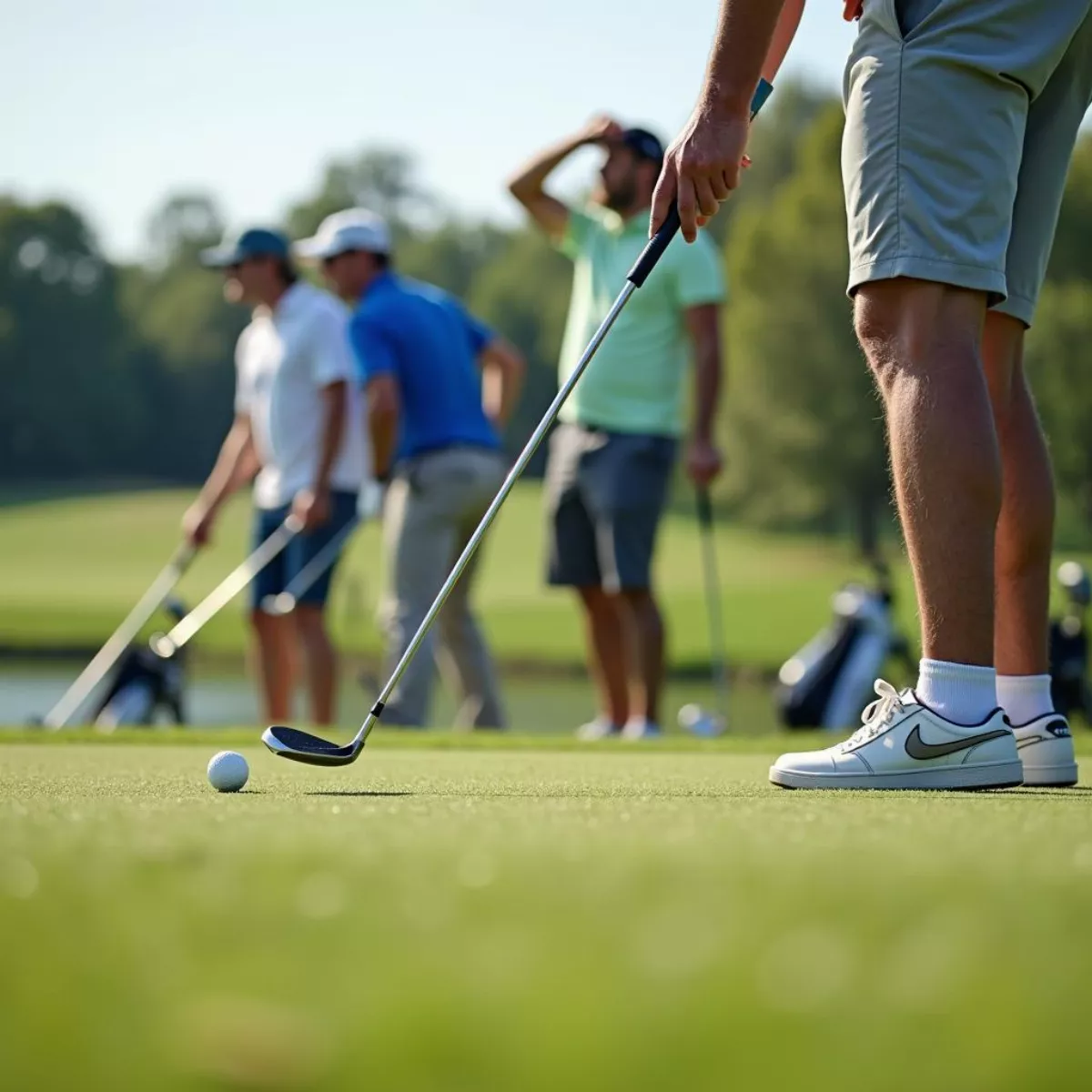 Golfers participating in a tournament at Woodland Golf Club
Golfers participating in a tournament at Woodland Golf Club
 Measuring golf club loft using carpenter's square
Measuring golf club loft using carpenter's square Golf club fitting session with professional
Golf club fitting session with professional
 Baseball player catching a fly ball
Baseball player catching a fly ball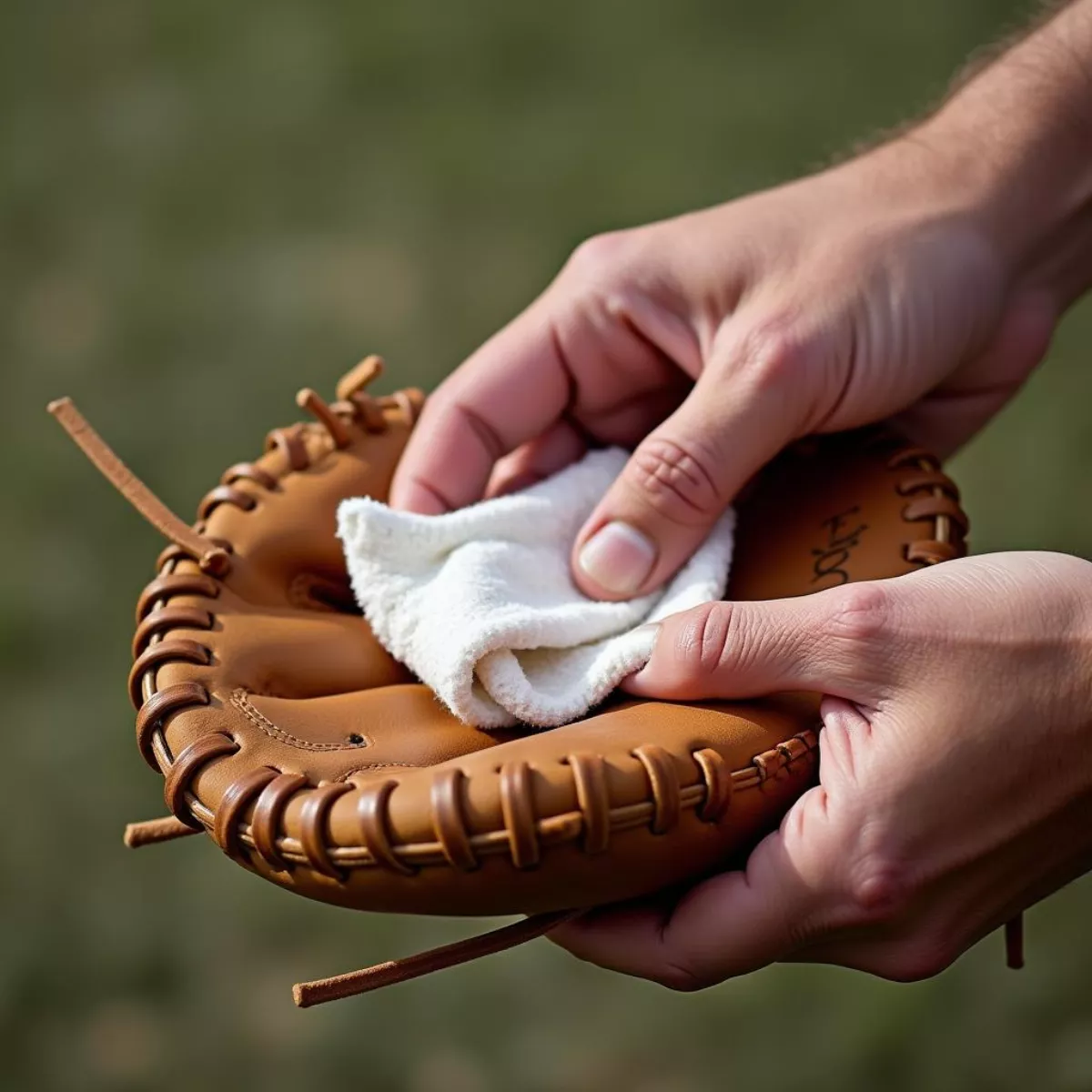 Cleaning a baseball glove
Cleaning a baseball glove